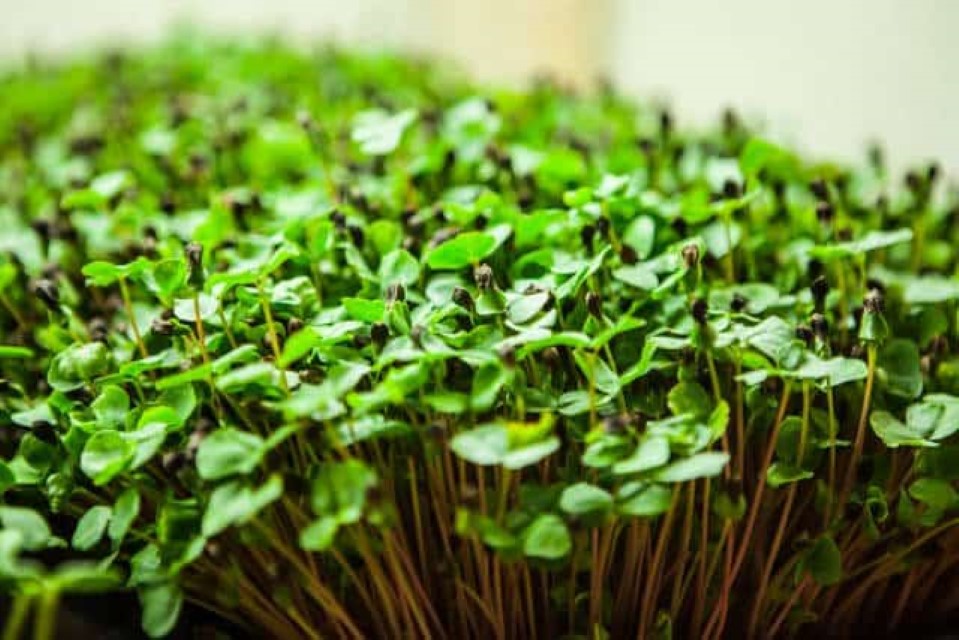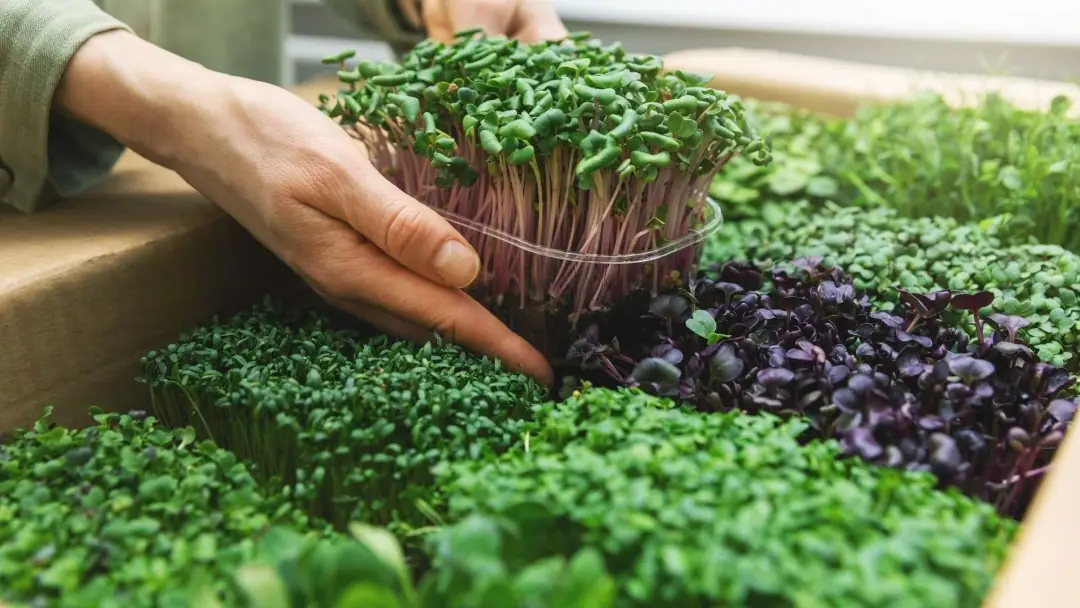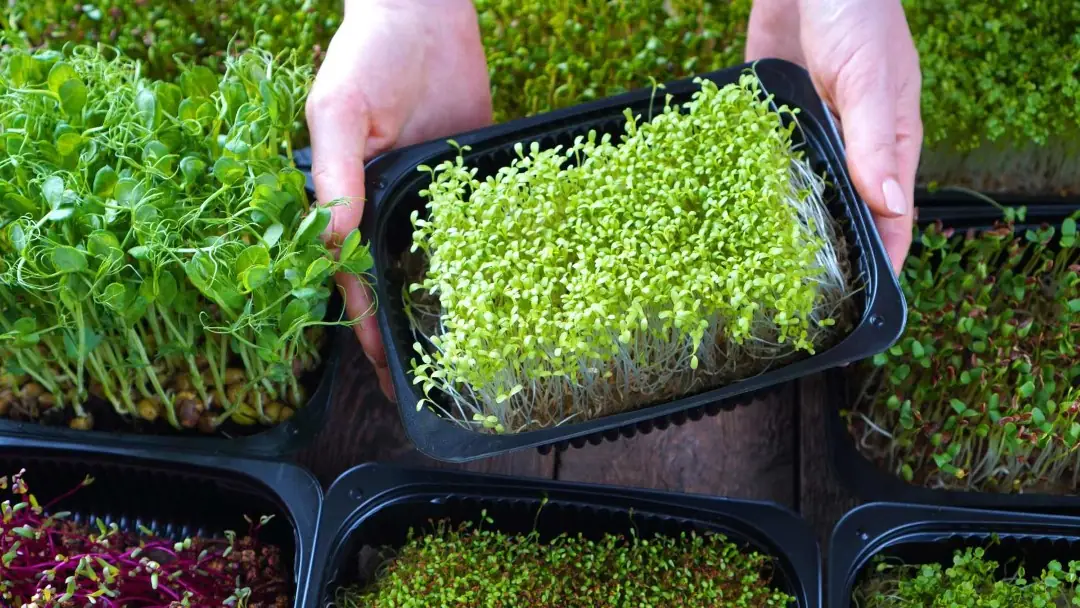Microgreens are young vegetable greens that are harvested just after sprouting, typically 1-3 weeks after germination. They are packed with nutrients and intense flavor, making them an increasingly popular choice for chefs and health-conscious consumers. Starting a microgreen business can be a rewarding endeavor for those with an interest in urban farming, local food systems, and entrepreneurship. This guide covers the basics of getting your microgreen operation up and running.
Choosing Your Microgreens
With proper care, most leafy greens and herbs can be grown as microgreens. Popular varieties include kale, chard, beets, basil, cilantro, broccoli, and arugula. Consider which microgreen varieties are in highest demand in your area. Grow a selection to meet diverse customer needs. Test different microgreen seeds to find which ones perform best under your growing conditions.
Sourcing Seeds
Purchase microgreen seeds from reputable suppliers who provide fresh, high-germination seeds. Look for organic and non-GMO seeds when possible. Microgreen seeds are sold in bulk quantities; estimate how much you’ll need based on your growing scale. Store seeds properly in a cool, dark place until ready to germinate.

Growing Setup
Microgreens are grown at high density in shallow trays filled with a soilless growing medium. They need indoor space with ample lighting and ventilation. Shelving units work well to stack multiple microgreen trays vertically. Grow lights like LEDs should provide adequate light intensity. A greenhouse or polytunnel can provide temperature regulation and protection. Invest in an effective irrigation system like overhead misters.
Growing Process
Prepare growing trays filled with 2-3 inches of pre-moistened growing medium like coconut coir or soilless mix. Evenly spread seeds across the tray surface at a high density. Gently press seeds into the medium and mist with water. Cover trays with a humidity dome or plastic wrap. Keep seeds moist and growing area at 60-75°F for best germination.
Once sprouts emerge, remove any coverings and continue providing ample light and moisture. Gently rinse or mist plants daily to prevent mold and fungi. Harvest microgreens when the first true leaves emerge, trimming stems just above the root zone. Rinse, dry, and package greens for market. Sanitize trays before re-seeding.
Scaling Up
Start small, fine-tuning your setup before expanding. Master the growing process and estimate costs and revenue potential. To increase production, add more growing trays and additional space and equipment as needed. Hire help with sowing, growing, harvesting if the workload expands. Maintain consistent practices and quality control as you scale up.

Marketing and Sales
Develop a brand and marketing materials to promote your microgreens. Sell at farmers markets, restaurants, grocers, and through CSAs and wholesale. Offer variety packs and bundles for easy sales. Share photos of your microgreens on social media and your website. Network with chefs and stores to establish regular accounts.
Deliver exceptional customer service and consistent supply to build your reputation. Stay current on microgreen trends and feedback from buyers. Be adaptable and willing to tweak your offerings and practices to suit the market.
What is the startup cost for a microgreen business?
Startup costs can range from a few hundred dollars for a small home-based setup to tens of thousands for an industrial-scale commercial facility. Costs include growing supplies, seeds, space, lighting, irrigation, packaging, marketing expenses, and any licenses or permits needed in your area. Start small to test the market before making major investments.
How much space do I need to grow microgreens?
You can produce microgreens in a relatively small space compared to other crops. An area as small as a garage, spare room, basement, or greenhouse can work initially. For context, around 16 square feet can produce 50 trays which yield nearly 200 pounds of microgreens per week. Expand your space as needed to meet increased production goals.
What is the profit potential of microgreens?
Microgreens offer excellent revenue potential for the space required. Selling prices typically range from $20-60 per pound wholesale or $2-4 per ounce retail. A 16 square foot microgreen setup yielding 200 pounds weekly could generate around $8,000 in monthly revenue if sold wholesale. Profit margins will vary based on local markets and operating costs.
How long does it take to grow microgreens?
Most microgreens are ready to harvest in 7-21 days after seeds are planted, varying slightly by variety. Quick crop turnover allows for frequent, continual harvesting once your system is up and running. You can sow new seeds even while existing trays are still growing.
Do I need special equipment to grow microgreens?
Basic supplies like growing trays, irrigation, and lighting can support a microgreen operation initially. As you expand, specialized tools like seeders, washing stations, germination chambers, and automated systems can improve efficiency and productivity. Tailor your equipment investments to match your scale and stage of growth.
Conclusion
Starting a microgreen business requires research, planning, and dedication. But with minimal space requirements and quick return on investment, microgreens offer an accessible opportunity for growers to tap into the booming local food economy. Follow this step-by-step guide to build a thriving and sustainable microgreen enterprise.

